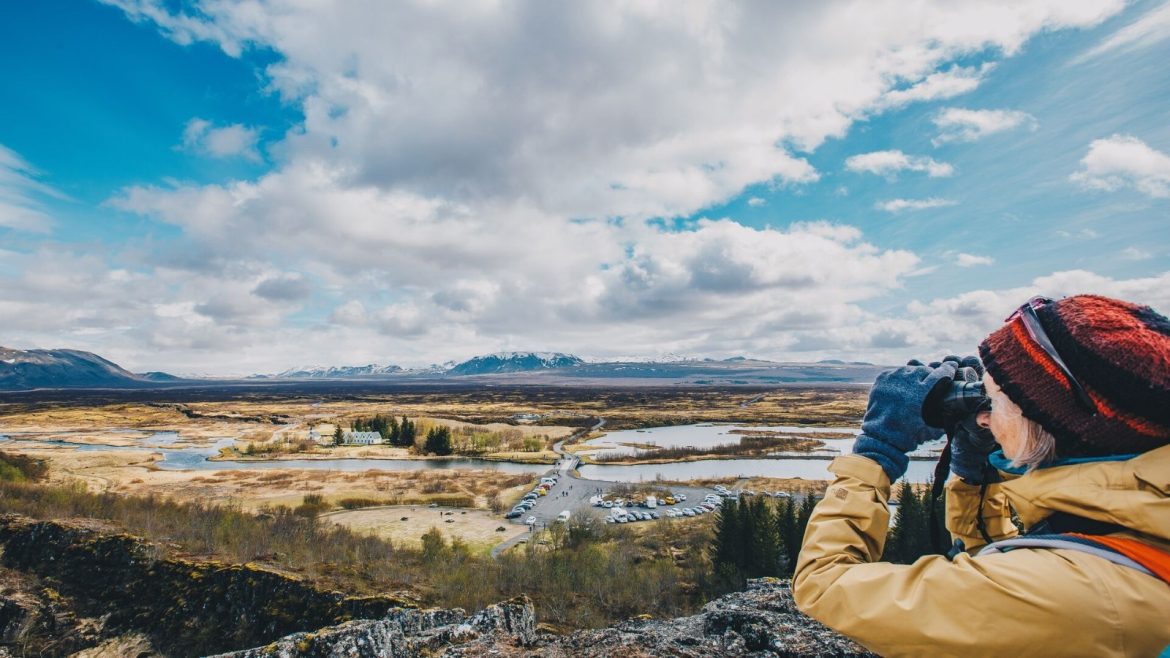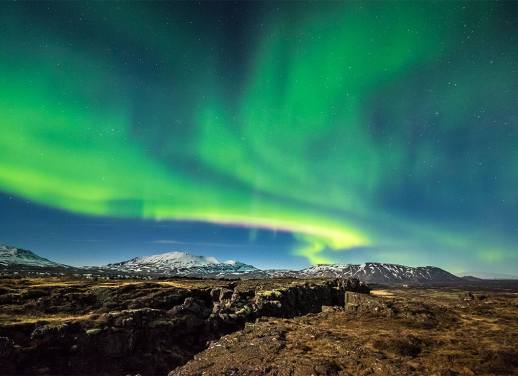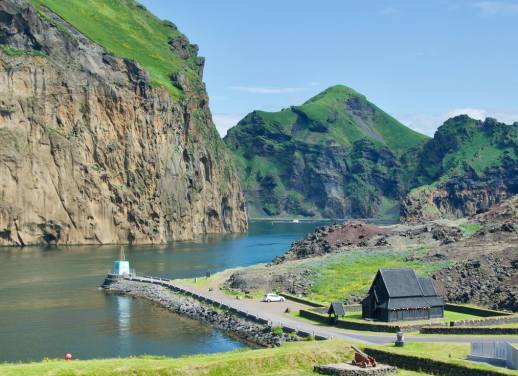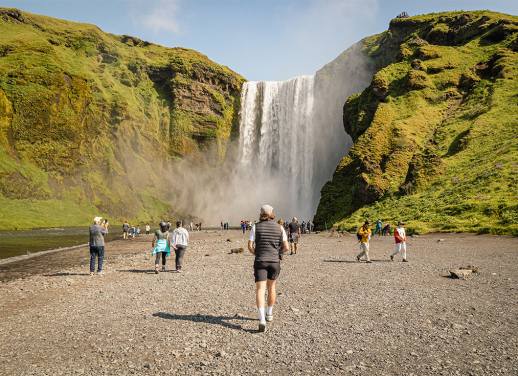On a trip that takes in the steaming remnants of volcanic eruptions, powerful geysers and a craggy, ever-shifting continental rift, writer Deborah sees firsthand how Icelanders face nature’s volatility with grit and good humour. In a land forged by fire and ice, resilience isn’t just survival – it’s a way of life.
On the approach into Keflavik airport, I am thrilled to see a line of smoke rising from the scrubby plateau below. Geology is what drew me to Iceland. I hadn’t given the culture or history much thought.
I spot the steaming vents that I had observed from the air again soon after, on the taxi journey from the airport to Reykjavik. My driver, Árni, explains that they mark the edge of the lava flow from the 2023 volcanic eruption. That wave of seismic activity led to the complete evacuation of Grindavik, a town on the Reykjanes Peninsula.
Calmly, as if talking about buying milk, Árni tells me that he had lived in Grindavik. He was one of the evacuees. I gasp in shock, but he doesn’t seem upset. ‘You have to move on and live each day,’ he says, dismissing my sympathy with a shrug.
I wonder – what must it do to the personal and national psyche when you can’t trust the ground beneath your feet? My trip has suddenly become about the people and their history as much as geology. I commit myself to finding answers on my Northern Lights Escape with Intrepid.


A land cleft in two
I lay eyes on the source of Grindavik’s woes in Thingvellir National Park. Iceland’s geologic instability is due to its position on the Mid-Atlantic Ridge, where the North American and Eurasian tectonic plates are pulling apart at a rate of 2.5 cm per year. Thingvellir is the only place on earth where this ridge is exposed and the Silfra fissure that marks the spot is the first stop on our adventure. Here, our leader Stefan Andresson points out the cliffs marking the plate boundaries, between which stretches a watery valley of fractures and wounds.
Later, we linger at Strokkur geyser and watch as a turquoise pool of water domes upwards until it can do so no more, before spurting water 30 metres into the air. After, we scamper down a gorge for spectacular views of the Gullfoss waterfalls, where fast-moving water from the Hvitá river plunges over the cliff top in sheets. There’s an energy in the air as the relentless crash and boom of water echoes from the valley below. As I watch, the snow on my face mixes with the mist that rises off the water – it is freezing, but I don’t care. It’s day one and I’m already blown away. Back in the minibus, I realise that what is spectacular for me is the norm for Icelanders, who grow up accepting the power of nature as a matter of fact.
Going up in smoke
The threat of volcanic activity is ever present in Iceland. Most of us can remember the 2010 eruption of Eyjafjallajökull because the volcanic ash it ejected disrupted European airspace for weeks. Despite the irritation that breathing the ash-laden air caused, in stoic Icelandic fashion, nearly half of those living close to the eruption opted not to leave their homes and animals. It paid off. Within months, the farmers replanted their fields, finding that the ash-fertilised soil improved crop yields.
We stop to photograph Eyjafjallajökull and read the information boards charting the eruption’s progress. The backdrop is an idyllic view of the snow-capped volcano shimmering innocently in the sunshine.
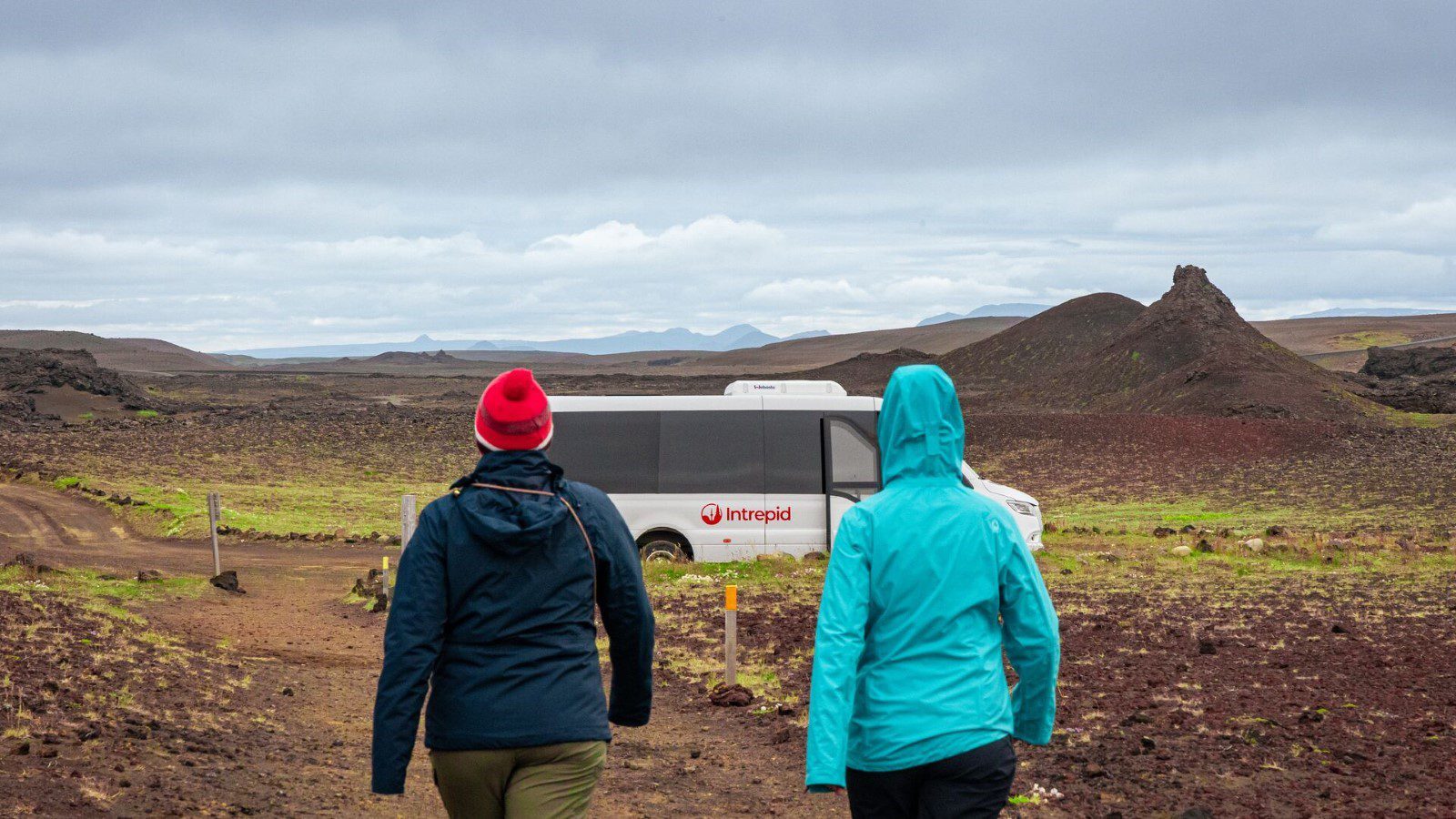
A stoic kind of democracy
Thingvellir was also the site of Iceland’s annual ‘Althing’ (parliament), established in 930 to agree upon laws and settle disputes among the newly established settlers. This is why Iceland claims to be the world’s oldest democracy. These were transient events that left no physical traces. It is challenging to envision a summer gathering of Vikings and their tents as I take in this wintery vista, but I try to imagine them trading animals and food, forming friendships and telling stories over sweet, yeasty ale.
These ‘parliaments’, Stefan explains, are credited with stabilising society as they ensured that no matter how remote a settlement might be, no one felt unsupported in times of hardship. Iceland’s government bought Árni’s house in Grindavik as they deemed the town unsafe for habitation, so the principle, like the parliament, is consistent to this day.
No wonder they need the elves
As we drive around the Golden Circle, stories about Iceland and its people flow from Stefan like superheated lava. He shares the dates of various eruptions, points out broken bridges and their replacements, speaks of changing river courses, an evacuated island and glaciers shrinking due to climate change. The list of catastrophes is seemingly endless. But he also talks about elves.
Until recently, Iceland’s remoteness meant that few people migrated to the country since the original Viking settlement. Stefan explains that as a result, the Icelandic language hasn’t changed as much as other languages have over the last 800 years, which means that the written sagas and histories of the original settlers, as well as their elvish folklore, live on.
On a stretch of open road, Stefan draws our attention to a tiny, squat, turf-roofed house that sits alongside a modern farmhouse and launches into one of his stories: ‘The night before the farmer moved into his new home, he had a dream. In it, the king of the elves told him that the elves would not be moving with him, but if he maintained the old house for them, the elves would ensure that no one would ever be hurt on the farm.’ Apparently, the farmer didn’t believe in elves, but the turf house is maintained nonetheless.
According to a 2022 study, 31 per cent of Icelandic people believe in elves, while most others are ambivalent. In Iceland, where your home could disappear in an instant and nothing can be taken for granted, people don’t take chances.
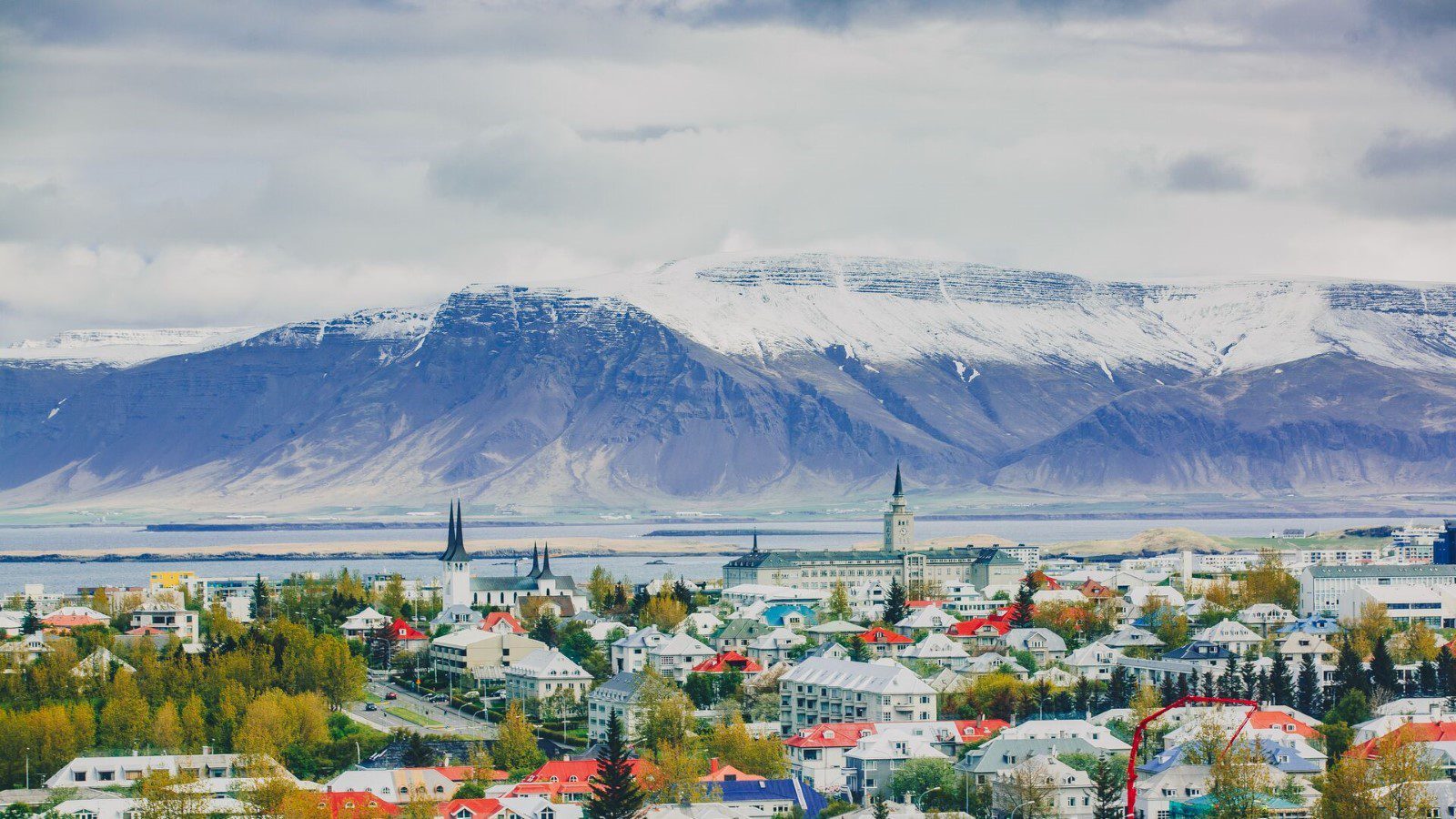
Homeward bound
While Iceland has left me awestruck, I am not surprised by the magnificence of its landscapes, which have been shaped by some of nature’s most incredible forces: earthquakes, volcanoes, shifting tectonic plates and creaking glaciers, combined with an Arctic climate.
However, I leave with a greater appreciation for how those same forces have shaped the island’s people, history and folklore. I’ve only seen the tip of the iceberg of a culture that I hope to explore further.
On my return journey to the airport with Árni, the warm morning sunshine is suddenly obliterated by a snowstorm. Turning on the wipers, he remarks, ‘That’s how it is here.’ Yes, I think. I am beginning to understand. This is Iceland – you take what comes, adapt and get on with your journey.
Deborah travelled to Iceland with Intrepid on the Northern Lights Escape trip.

